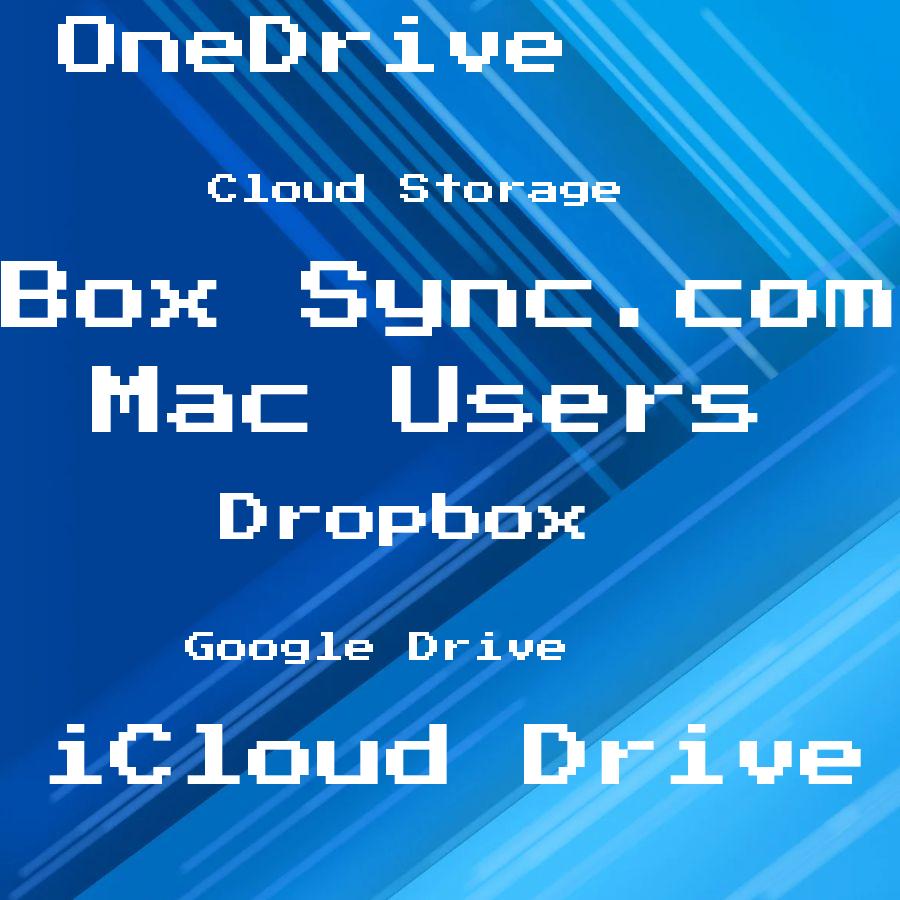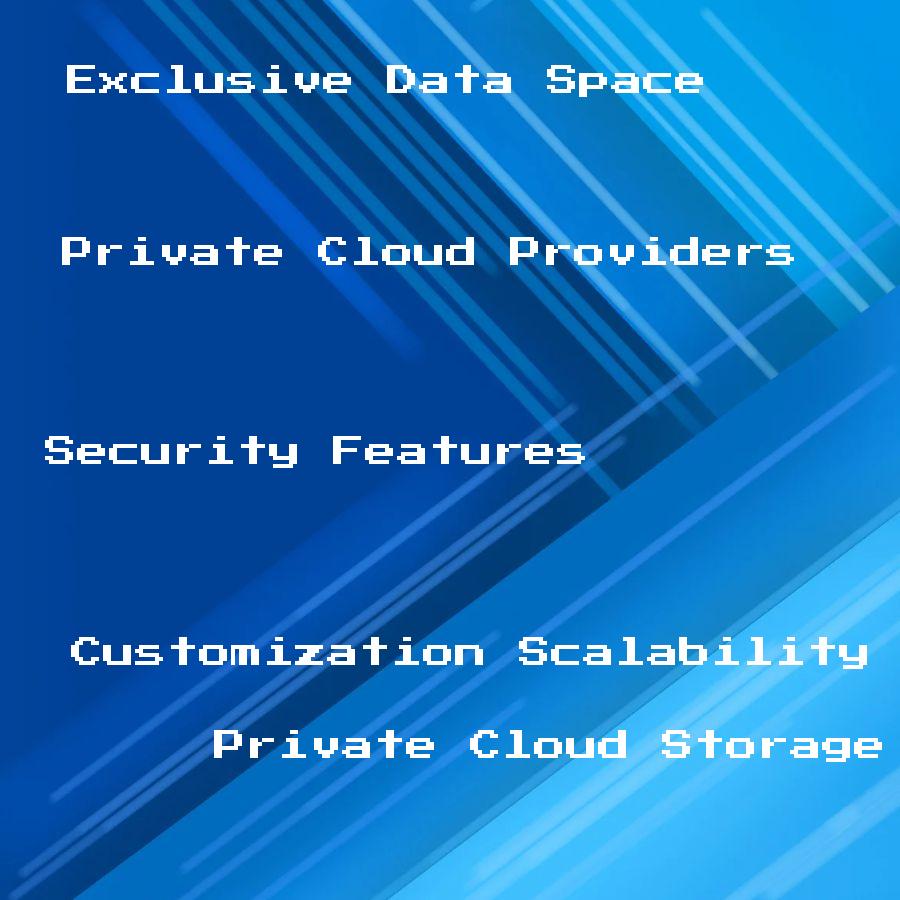Discover the key differences between cloud-native and microservices architectures as we delve into their unique benefits, challenges, and ideal use cases in this insightful blog post.
Are you confused about the difference between cloud native and microservices? You’re not alone. With the rise of cloud computing, these terms have become increasingly popular in tech circles.
However, it can be challenging to understand what they mean and how they differ from each other. In this blog post, we will explore the differences between cloud native and microservices, their benefits, and when to use them.
So whether you’re a developer or just curious about these buzzwords, keep reading to gain a better understanding of these two important concepts in modern software development.
Cloud Native Overview

Cloud native is a term used to describe applications that are designed and built specifically for the cloud. These applications are developed using modern technologies, such as containers, microservices architecture, and DevOps practices.
Cloud-native apps can run on any cloud platform without modification or customization.
The primary goal of cloud-native development is to create scalable and resilient systems that can handle large volumes of traffic while maintaining high availability. By leveraging containerization technology like Docker or Kubernetes orchestration tools, developers can build highly portable software packages that work seamlessly across different environments.
Cloud native also emphasizes automation in every aspect of the application lifecycle from building to deployment through continuous integration/continuous delivery (CI/CD) pipelines. This approach enables teams to deliver new features faster with fewer errors by automating repetitive tasks like testing and deployment.
Microservices Explained
Each service is designed to perform a specific function and can be developed, deployed, and scaled independently from the rest of the application. This architecture allows for greater flexibility in building complex applications by breaking them down into smaller components that can be managed more easily.
Microservices have become increasingly popular in recent years due to their ability to improve agility and scalability while reducing complexity. By dividing an application into smaller services, developers can work on individual components without affecting other parts of the system.
This means faster deployment times with fewer errors.
However, microservices also come with some challenges such as increased operational overheads since each service needs its own infrastructure resources like databases or servers which may lead to higher costs if not managed properly.
Key Differences
While they share some similarities, there are also key differences between them that developers need to understand.
One of the main differences is their scope. Cloud-native refers to an entire application architecture designed specifically for cloud environments, while microservices refer only to a specific approach within that architecture.
Another difference is in how they handle complexity. Cloud-native applications tend to be more complex than those built using microservices because they require a broader range of tools and technologies.
Microservices, on the other hand, focus on breaking down complex systems into smaller components or services that can be developed independently and deployed separately.
Scalability is another area where these two architectures differ significantly. Cloud native applications typically use horizontal scaling techniques such as auto-scaling groups or container orchestration platforms like Kubernetes for efficient resource utilization across multiple servers simultaneously while Microservice-based apps scale by adding more instances of individual services as needed without affecting others’ performance.
Benefits of Cloud Native
It offers several benefits over traditional monolithic applications, including scalability, flexibility, and cost-effectiveness. One significant benefit of cloud-native architecture is that it allows developers to build and deploy applications faster than ever before.
With a cloud-native approach, developers can break down their application into smaller components called microservices. These microservices are independently deployable and scalable units that work together to form the entire application.
This modular design makes it easier for teams to develop new features or fix bugs without disrupting other parts of the system.
Another key benefit of a cloud-native approach is its ability to scale quickly in response to changing demands or traffic spikes automatically. With auto-scaling capabilities built-in from day one, you don’t have to worry about manually scaling up your infrastructure during peak usage periods.
By leveraging containerization technology like Docker or Kubernetes as part of your deployment strategy with a focus on automation through CI/CD pipelines – you can reduce operational costs significantly while improving reliability at scale compared with traditional approaches where manual intervention was required frequently.
Advantages of Microservices
One significant advantage is that microservices are highly scalable, allowing developers to add or remove services as needed without affecting the entire system’s functionality. This scalability makes it easier to manage large and complex systems, which can be challenging with a monolithic approach.
Another benefit of microservices is that they allow for faster development cycles and more frequent updates. Since each service operates independently, developers can make changes to one service without affecting others in the system.
This means that new features or bug fixes can be deployed quickly and efficiently.
Microservices offer greater flexibility when it comes to technology choices since each service can use different programming languages or frameworks depending on its specific requirements.
Deployment Strategies
One of the most popular deployment strategies for cloud-native applications is containerization. Containers allow developers to package an application with all its dependencies into a single unit that can be easily deployed across different environments.
On the other hand, microservices architecture relies on continuous delivery and deployment (CD/CD) pipelines. This approach involves breaking down an application into smaller services that can be independently developed, tested, and deployed without affecting other parts of the system.
Another strategy used in both architectures is serverless computing where code runs in response to events or triggers rather than being hosted on a dedicated server or virtual machine.
Choosing the right deployment strategy depends on various factors such as scalability requirements, development team’s expertise level among others.
Scalability Comparison
Both approaches offer different scalability options, which can impact the performance of your application. Cloud-native applications are designed to scale horizontally, meaning that you can add more instances of an application as demand increases.
This approach allows for better resource utilization and cost-effectiveness since you only pay for what you use.
On the other hand, microservices architecture offers vertical scaling by adding more resources to individual services rather than increasing their number. While this approach may seem less flexible than horizontal scaling at first glance, it provides greater control over specific components’ performance.
Ultimately, whether cloud native or microservices architecture is better suited for your needs depends on various factors such as budget constraints and expected traffic patterns.
Security Aspects
Both architectures have unique security challenges that developers must address to ensure the safety of their applications.
In a cloud-native environment, security risks can arise from multiple sources such as data breaches or unauthorized access to sensitive information. To mitigate these risks, developers need to implement robust authentication mechanisms like multi-factor authentication (MFA) and encryption protocols for data in transit.
On the other hand, microservices pose different security challenges due to their distributed nature. Each service may have its own set of vulnerabilities that hackers can exploit if not secured correctly.
Developers should use secure communication channels between services using Transport Layer Security (TLS) or Secure Sockets Layer (SSL). They should also implement proper authorization mechanisms like OAuth2 or JSON Web Tokens(JWTs).
Overall both architectures require careful consideration when it comes to securing your application against potential threats; however with proper implementation practices in place you can rest assured knowing your application is safe from harm’s way!.




